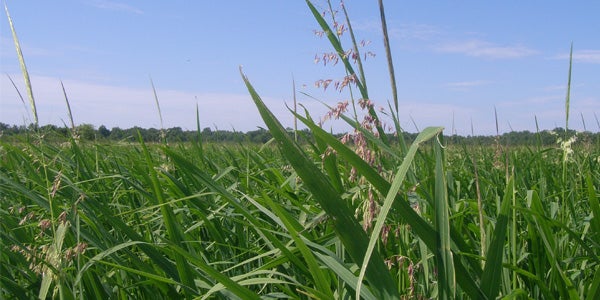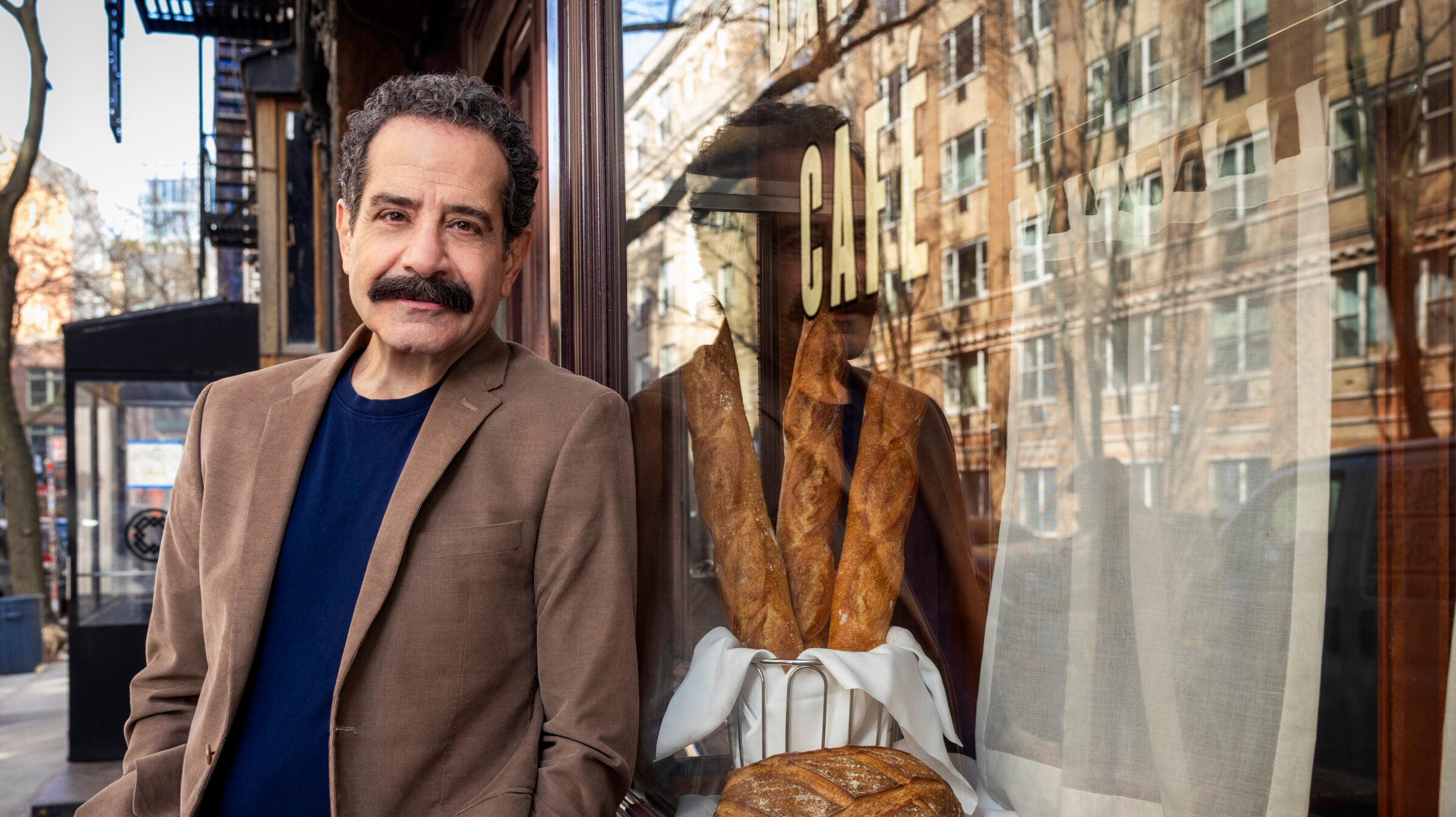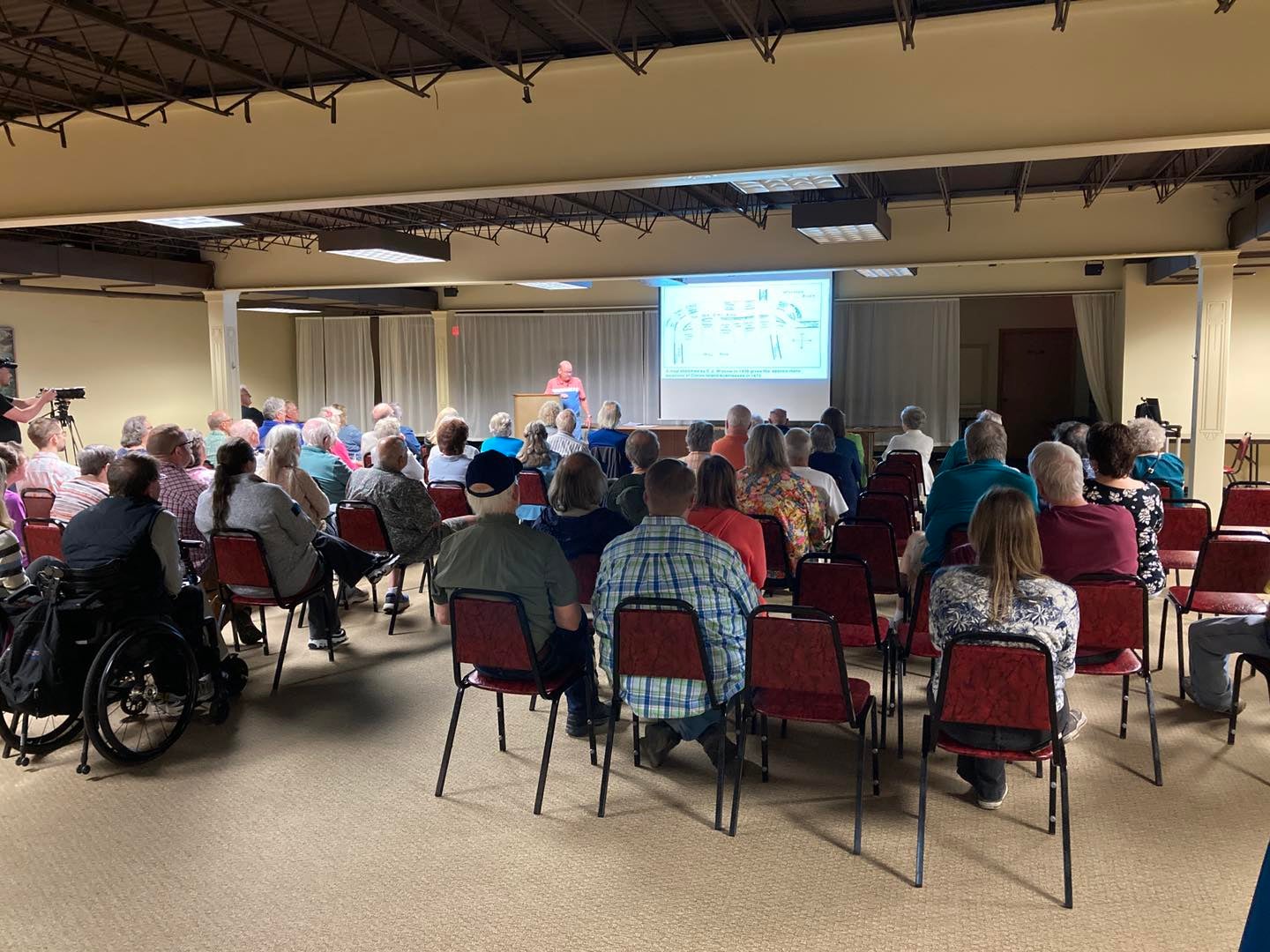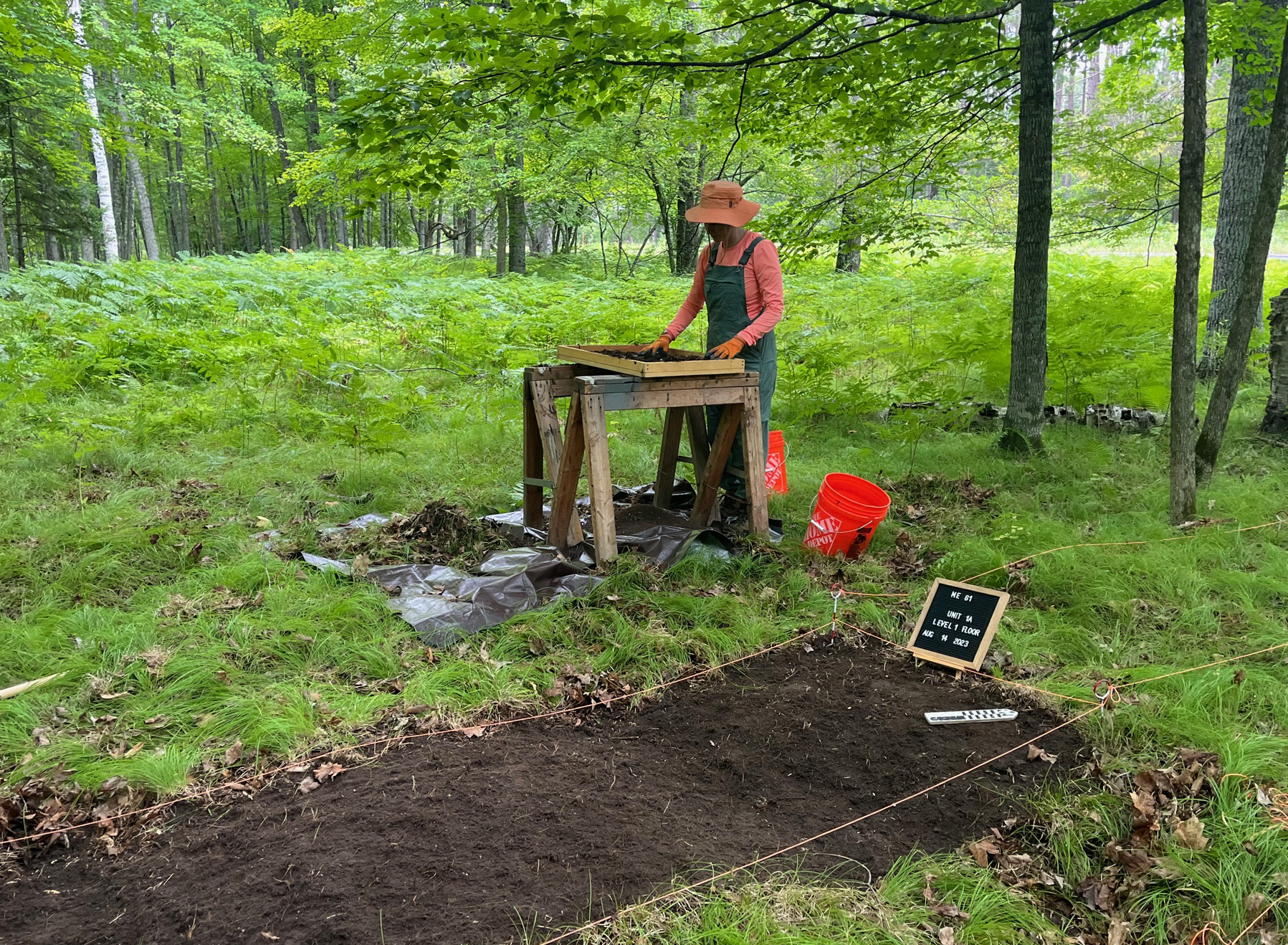In the heart of northern Wisconsin, food is more than just sustenance; it’s a window into the region’s rich cultural heritage.
Victoria Shearer’s “Way Up North Wisconsin Cookbook: Recipes and Foodways from God’s Country” dives deep into the traditions and stories that define the region.
With a focus on local flavors and time-honored recipes, Shearer captures how the region’s food culture has been shaped by a blend of immigrant traditions, Native American practices and the distinctive rhythm of life in Wisconsin’s Northwoods.
News with a little more humanity
WPR’s “Wisconsin Today” newsletter keeps you connected to the state you love without feeling overwhelmed. No paywall. No agenda. No corporate filter.
In an interview with WPR’s Shereen Siewert on “Morning Edition,” Shearer said her cookbook offers an invitation to explore the deeper connections that exist between food, place and heritage.
“Even more than the recipes, I enjoyed writing all the sidebars to give a real feeling of what life is like up there up in northern Wisconsin, because it’s not like any other place I’ve ever been, ” Shearer told WPR. “There’s a special uniqueness about being in the woods like that, where nothing changes.”
Shearer’s cookbook also highlights the vital role of Native American influences in shaping Wisconsin’s culinary landscape.
Ingredients like wild rice, a staple for Indigenous peoples, continue to enrich the state’s cuisine.
Shearer, who splits her time between Mercer and North Carolina, recounts how Native American harvesting methods, such as collecting wild rice from canoes and planting “three sisters” crops — corn, beans and squash — provided a sustainable approach that persists in the recipes she shares.
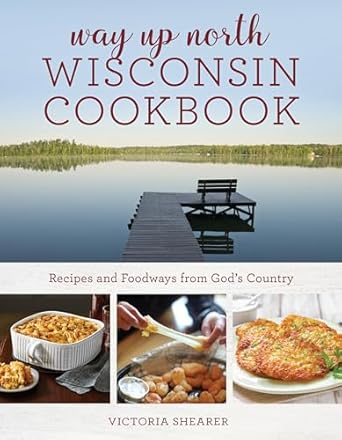
The following interview was edited for brevity and clarity.
Shereen Siewert: How is Wisconsin food related to our cultural heritage?
Victoria Shearer: Of course there’s cheese, beer and sausage, which came with German immigrants to northern Wisconsin.
I think fish should be put into that category. Friday night fish fry pretty much started with a combination of things. The Catholic edict of not eating meat on Friday night certainly had something to do with it.
Also, during Prohibition, tavern owners who were trying to make it financially would bill Friday night as a social event or a party to get families to come in. Fish was the most plentiful thing, and it was cheap.
That was how it started. And like so many other things in northern Wisconsin, once it gets there, it sticks.
SS: How did Native American traditions influence the foods that we eat today and the recipes in your book?
VS: One of the sidebars in my book is about wild rice. That certainly is an example, because Native Americans harvested the wild rice in their canoes.
Wild rice is really not rice, but rather a grass, and the seeds are what we call wild rice. As they’re harvested, they’re knocked off into the canoe. The pieces that made it into the canoe were roasted and those that didn’t seeded themselves back into the water to grow more aquatic grass.
The wild rice that most people get now is grown in a flooded rice paddy, and it’s different. It sits in the water for a week and has a different flavor and a different texture, whereas what I call real wild rice is not to be confused with that variety.
The cranberry tradition also comes from Native Americans who would harvest the cranberry bogs. Northern Wisconsin has several of those as well.
Also, the Chippewa Indians have something called three sisters. They planted three different things at the same time in the same amount: corn, climbing beans and winter squash, and there was a function for each one. The beans were planted at the base of the corn, and when the climbing beans went up, they used the corn stalks as a trellis. The squash was planted at the base of the corn and the leaves of the squash shaded the beans and kept the weeds from growing.
They always planted those three things together, and then quite often ate them together. In the book, I have a three sisters salad, and there is a sidebar that explains all of this.
SS: Share a little bit about your process in gathering the recipes for your book. How did you choose what to include?
VS: I’ve been writing cookbooks for a long time, and I’ve been in Wisconsin for a long time. A lot of Wisconsin food is just hearty. It’s just American.
A couple of the recipes that are in this book are very special to me because they were handed down from my grandmother, who never wrote anything down. So, who knew how to make this stuff?
But my aunt, who has now passed away, knew the recipes. She was at the lake with me and showed me how much of each ingredient to put in, and I’d take it out and measure it. Two of those recipes are in the book, the potato pancakes and the German potato salad.
The recipe I make most is beer brats. That’s my favorite go-to, but my family seems to really like the boozy marinated steaks, because they love steak. There are two recipes for different ways of marinating them and they’re very different, but both very tasty.
SS: What’s next for you?
VS: I have a new book that is dropping in November, and it’s called “Around the World in Your Slow Cooker.”
I researched about 15 to 20 countries of the world that braise foods and found their classic recipes, then converted them for the slow cooker so you can have an authentic experience, just as you were tasting your way around the world.
You’ll find an authentic dish you would get, say, in India, or in Portugal, for example. I like the way it turned out very much.
It made for some fun tasting, although my husband was really wanting one of those boozy steaks instead of another slow cooked recipe by the time we were finished.
If you have an idea about something in central Wisconsin you think we should talk about on “Morning Edition,” send it to us at central@wpr.org.

